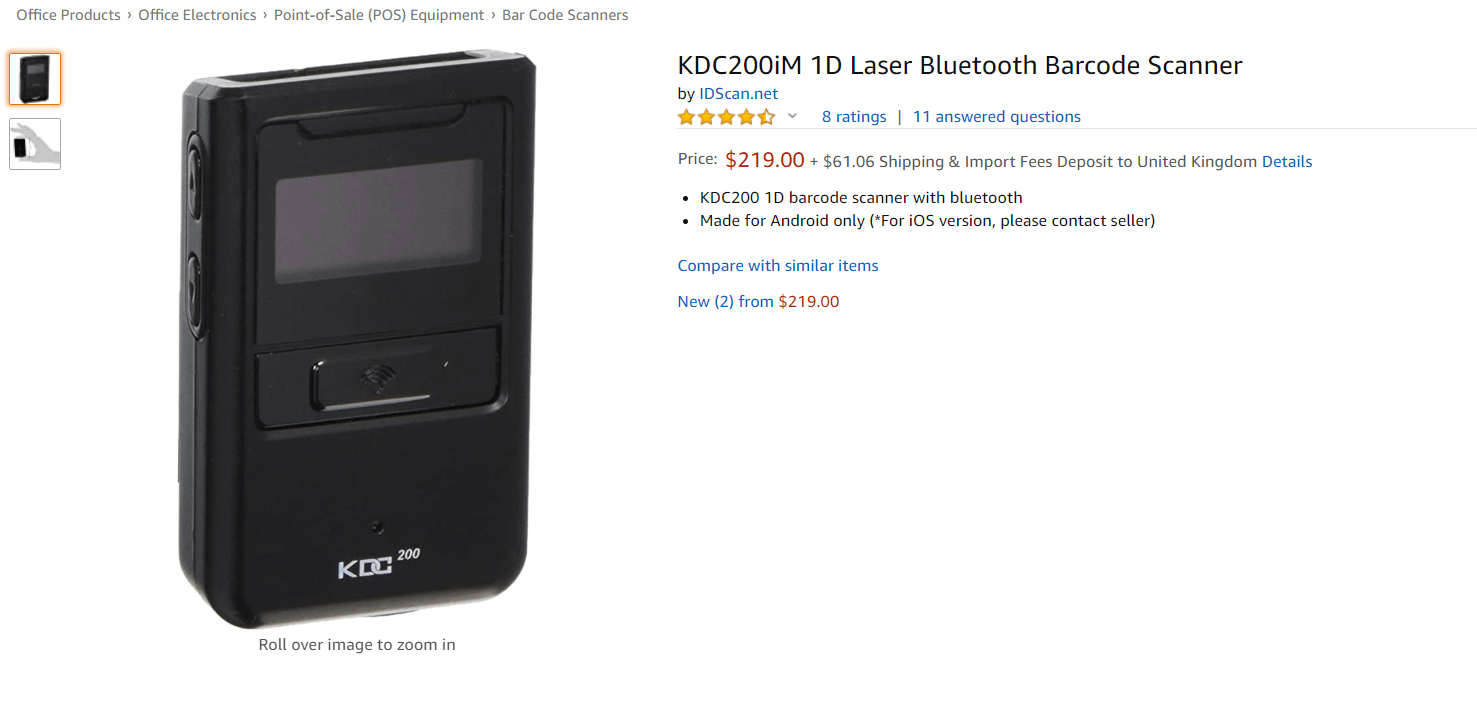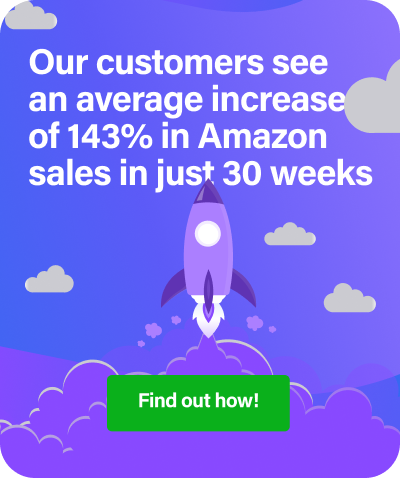Guest post by Ryan Grant from The Online Selling Experiment
In today’s post, I will cover the strategies that I use for the majority of the items that I sell on Amazon, but there are going to be one-off instances where these are not used. This post I did last year covers a couple of specific examples of how I price items when Amazon is a seller.
The strategies that I am outlining in this post can be applied whether you are using a repricer or whether you’re doing all your repricing manually. Personally, I am using a repricer as it allows me to set the prices of items once, and then the Amazon repricer will do the rest.
My #1. Amazon Pricing Strategy
The first strategy that I will share is my default pricing/repricing strategy. This is what I estimate I use on 70-75% of my inventory. The basics of this strategy are that I set my price based on the other FBA sellers on a product detail page.
I then set my price at 1.5% ABOVE the lowest FBA seller.
I have found that pricing at this level above the competition will allow me to obtain Buy Box rotation, and avoids prices spiralling downward as sellers continually adjust their prices to be the lowest.
Another obvious benefit is that I will be selling my item for a higher price than if I am pricing at or below the competition. My goal is to maximise the value I receive for every item, and this strategy helps me to do that.
Here’s a quick example to illustrate this point further.

If I was to sell on this KDC200 Bluetooth Scanner Amazon Detail Page I can see that the current low FBA seller is priced at $248.88 at the time of this writing. I would set my price at $252.61, which is 1.5% above the low FBA seller.
My default strategy is as simple as pricing 1.5% above the lowest FBA competition. I use this for the majority of items, and it works well for me, and sales keep rolling in despite me not being the lowest price.
I price items this way when I initially list them on Amazon and set up these rules with my repricer on the majority of items as well. This often leads to items selling for quite a bit more than I initially listed them for.
My #2 Amazon Pricing Strategy
The other strategy that I use regularly, and I would estimate is used on 20% of my items.
I match the price of the current low FBA competition.
Some of the main reasons that I use this strategy include: items have been on the default strategy for two-three months and haven’t been selling, I have a consistent supply of the item, or the window to sell the item is shorter than usual.
To elaborate on these points, I generally don’t like items to sit in my inventory for more than three months, so if this is happening I will begin to move to a more aggressive repricing strategy. If I have a consistent supply of the item from a wholesale source or a retail store, I will often use this strategy as well.
The reason for this is that I find I generally get at least a few more sales when I am matching the low price versus being 1.5% above the low.
With that said, I do tests to see which strategy will make the most sense on replenishable items, but I generally find I get at least a few more sales when I am matching the lowest.
If the window to sell an item is short due to an upcoming holiday, an expiration date approaching, or any other time restriction, I look to move items to this matching strategy as well to give myself a better chance of making a sale in time.
Here’s an example of an item I would use this strategy on.
Amazon doesn’t allow “meltable” items in their fulfilment warehouses after April 30th, so if I bought a meltable item to resell now, or had some left in inventory, I would start looking to move them quickly. This M&Ms listing would be a good example; if I had them in my inventory, I would most likely look to match the low FBA price to try to make a quick sale, so I don’t have to get the item sent back to me.
That’s the “matching” pricing strategy that I use in a nutshell. It’s really as simple as matching the low FBA competition.
Further reading: 6 Amazon Repricing Strategies Every Seller Needs to Know
Final Thoughts
The default strategy is my preferred strategy as it avoids the “race to the bottom” altogether, and keeps me above the low prices.
With the matching strategy, you only run into trouble if you have a seller that continually undercuts you, and you continue to follow them lower and lower. This matters more with a repricer than if you are manually repricing, so be sure to set up your minimum prices at a comfortable level if using this strategy with a repricer.
Those are my two preferred strategies that I use for about 90% of my inventory, and I find that they work very well for me. As I mentioned at the beginning, I prefer to use an Amazon repricer, as it speeds things up, and follows the rules that I set for it. Having it definitely saves me a lot of time, and in some cases, makes me more for items than I originally list them for.
If you want to automate your FBA pricing strategies, consider trying out RepricerExpress. It’s easy to get set up and free for 14 days!
About the author — Ryan is a Winona State University graduate who has been selling online since he was 18. He quit his job in 2013 to focus on ecommerce and shares his experiences through his fantastic blog.
Related reading: How Ryan Grant Makes Millions on Amazon



